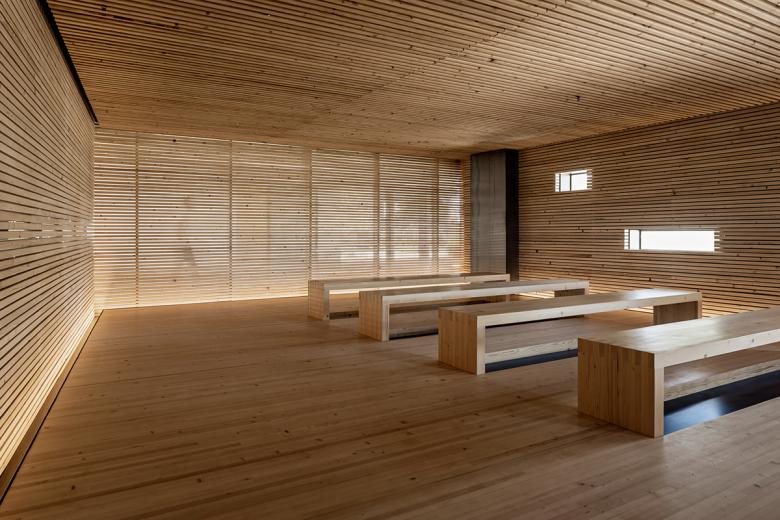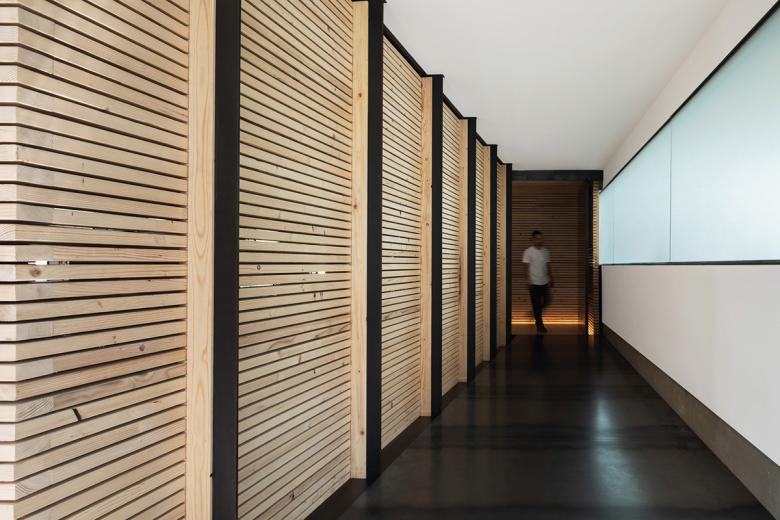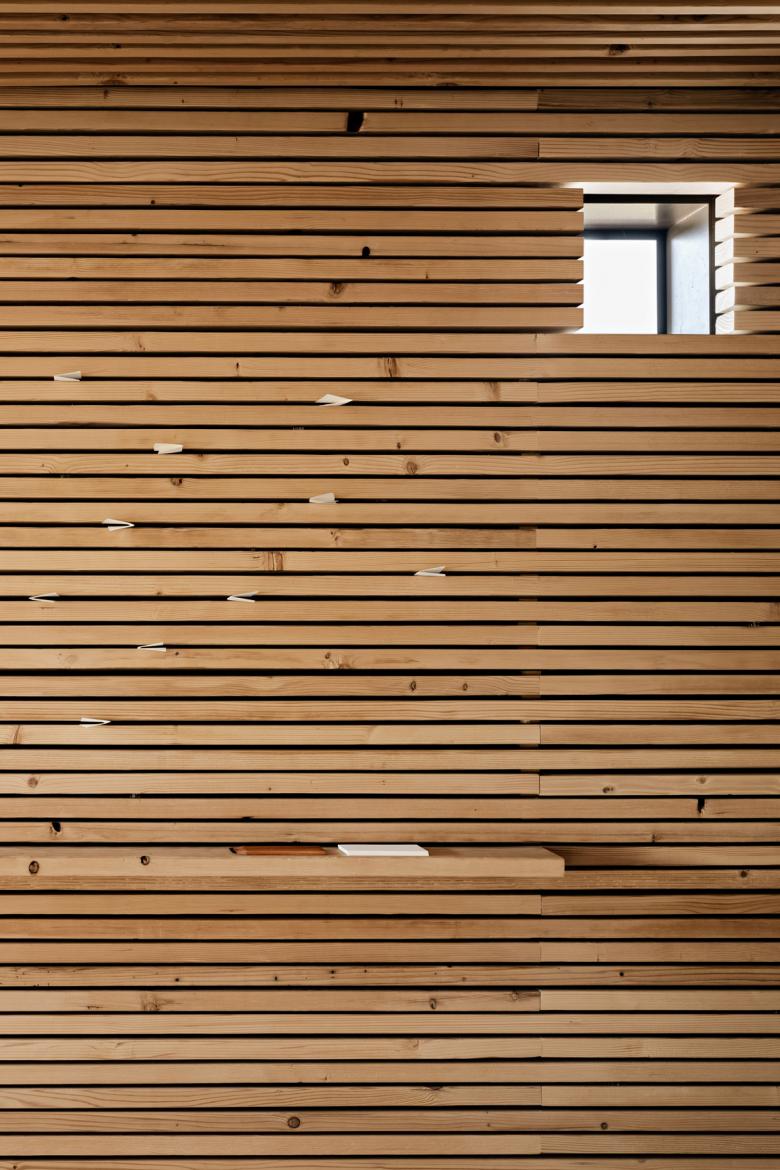debartolo architects
Prayer Space
debartolo architects
1. October 2018
Photo: Roehner + Ryan © Jack Debartolo 3, FAIA
A good deal of the work of Phoenix's debartolo architects is ecclesiastical, some of it repeat work. Such is the case with the Prayer Space they designed for Redemption Church in Gilbert, Arizona, the renovation of a space the firm designed one decade earlier. The architects answered a few questions about the project.
Project: Prayer Space, 2018
Location: Gilbert, Arizona, USA
Client: Redemption Church
Architect: debartolo architects
Design Principal: Jack Debartolo 3, FAIA
Project Architect: Morgan Pakula, RA
Contractor: The Construction Zone
Lighting: MP Lighting
Floor Area: 1,000 sf
Photo: Roehner + Ryan © Jack Debartolo 3, FAIA
What were the circumstances of receiving the commission for this project?
In 2008, debartolo architects designed a bookstore and cafe for a regional church. After ten years the need for a physical bookstore diminished, making the space available for a new use. The church leadership had long wanted to have a space on campus dedicated to prayer and available for anyone to use at any time.
Photo: Roehner + Ryan © Jack Debartolo 3, FAIA
Please provide an overview of the project.
Conceived as a simple space executed with one common material, the new prayer space is constructed entirely in 2x4 Douglas Fir lumber on the floor, walls, benches, and ceiling. The result is an environment that promotes stillness and reflection. By day, soft diffuse light bathes the space through apertures in the wood walls where existing windows occur. At evening, tiny fixtures tucked into the ceiling slots create a warm, inviting place of prayer. From the floor rise benches of the same finish that enhance visitors connection to the natural materials and allow for individuals to remain isolated or gather in small groups.
Photo: Roehner + Ryan © Jack Debartolo 3, FAIA
What are the main ideas and inspirations influencing the design of the building?
- Tactile space for prayer: one where our senses are awakened to a unique experience.
- Ordinary material made into something extraordinary: hundreds of conventional Douglas Fir 2x4’s – one material, organized in careful order, creates an extraordinary space.
- Reserved and modest: the handmade quality of the space speaks to the rich history of wood and making, and makes reference to the Biblical account of wood.
- Threshold: the steel ramp rises gently to the new floor of the space, serving as a threshold to this experience, slowing one down, raising one awareness, and compressing one to the entry.
- Fixed benches: crafted from the same douglas fir, they rise out of the floor to create flexible furniture that accommodates individuals, small groups or larger gatherings.
- Gaps: the wood planks of the walls create small gaps between the members in order to allow light through and let the space expand. These small gaps can hold folded prayer requests.
- Stillness: three benches in the entry provide a space of transition from the commons or outside for both entry and departure.
Photo: Roehner + Ryan © Jack Debartolo 3, FAIA
How did the project change between the initial design stage and the completion of the building?
The core concept of an enclosure constructed from a single material was refined as the project progressed but not changed.
What products or materials have contributed to the success of the completed building?
As mentioned, the project employs hundreds of conventional Douglas Fir 2x4’s that are organized in a careful order to create an extraordinary space.
Email interview conducted by John Hill.










